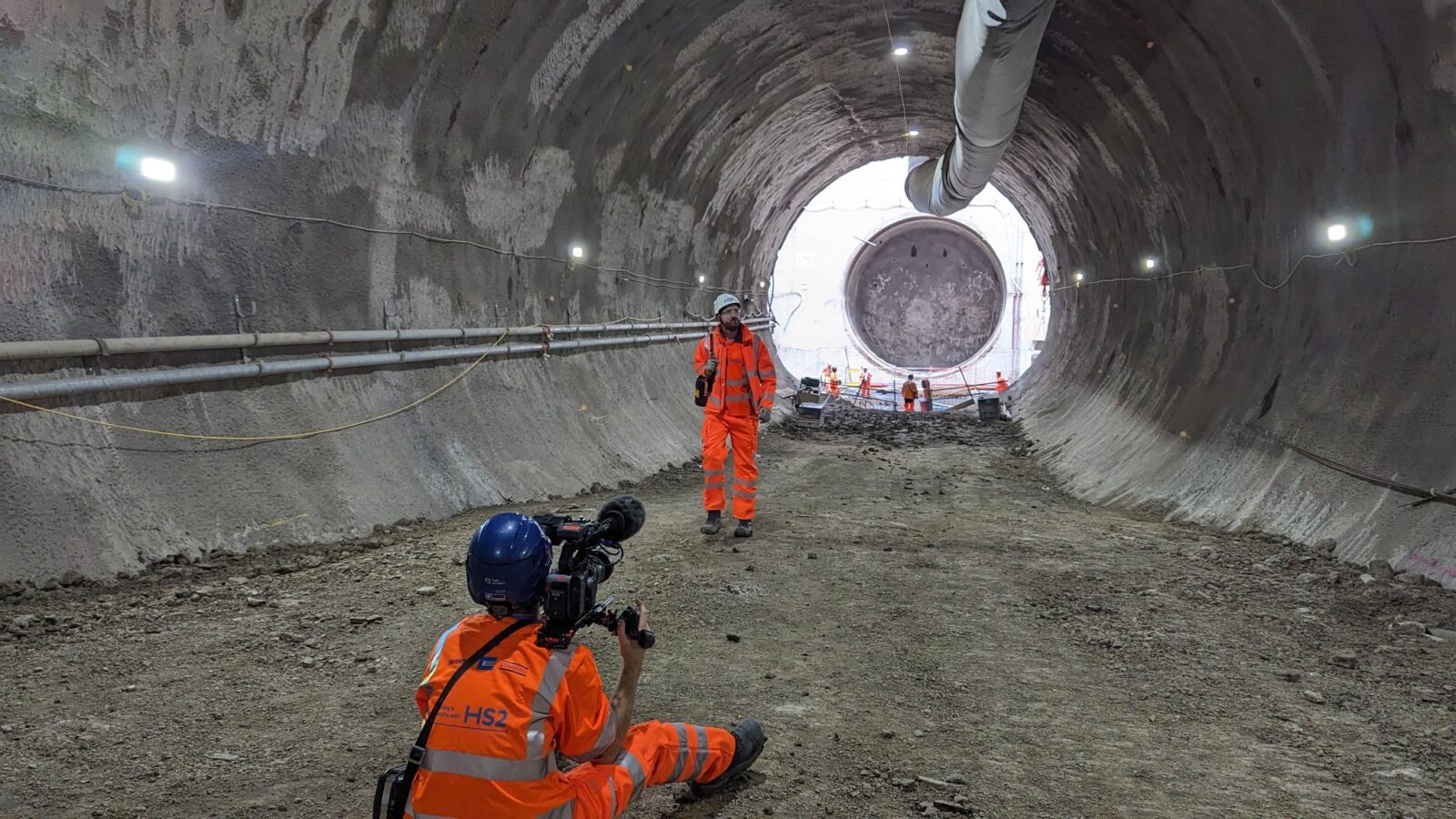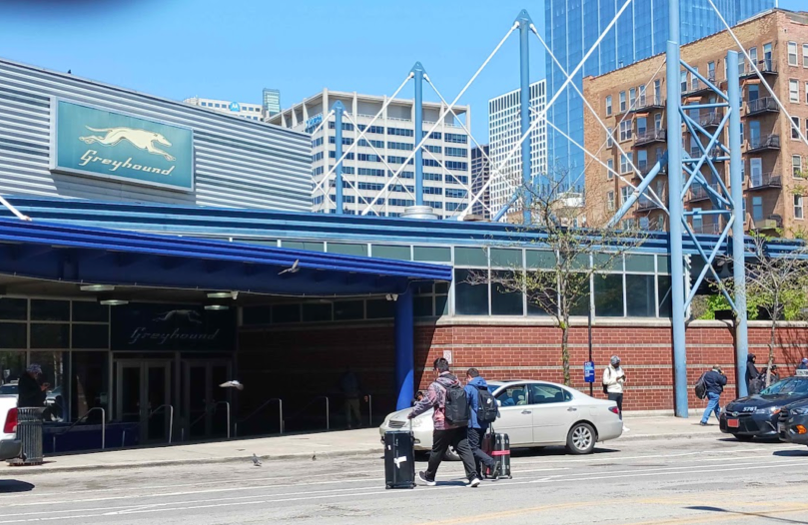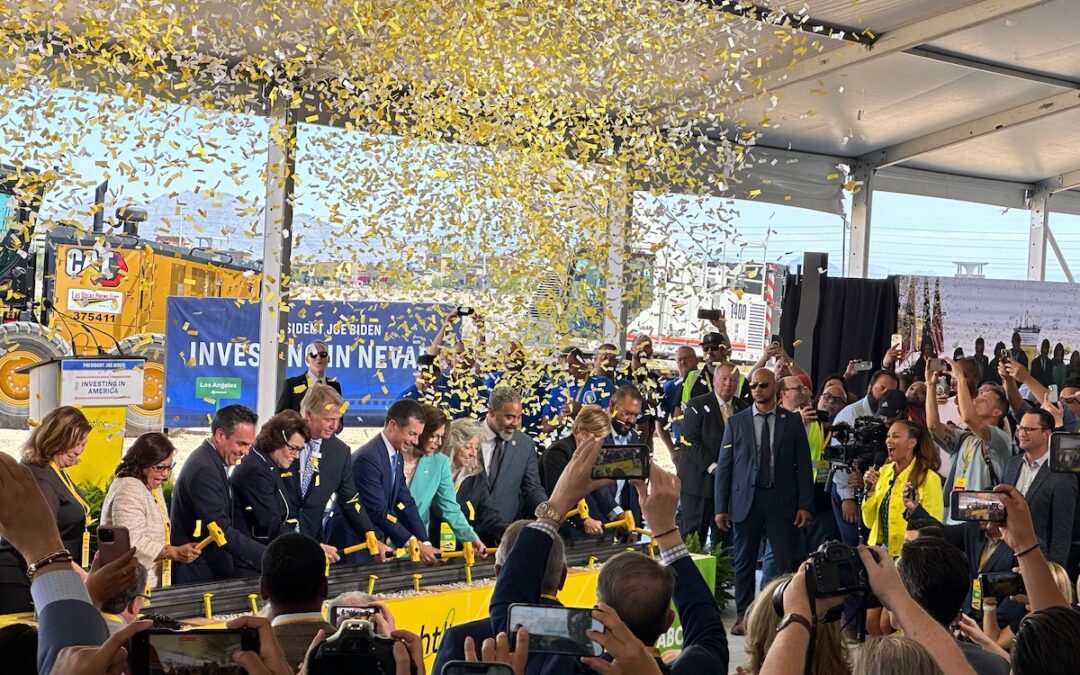Don't Break the Link Between Buses and Trains Does it surprise you that we care about bus service? Buses aren’t fast, but they play an important role in a key concept called the Integrated Network Approach. Buses get travelers to and from communities not served by...
10 steps need to be taken
New York City’s Second Avenue subway extension opened in 2017. Five years earlier, Hamburg (German) completed an extension to the U4 line of its transit system. The projects were similar in many ways but radically different in one. Hamburg built its extension for $238 million per mile. New York’s cost $3.28 billion per mile. So New York got an equivalent product for 14 times the price.
This is a familiar story: the costs of passenger-rail and transit projects in the US are shockingly out of line with those in peer countries. In the US, for example, the average cost of tunneled urban transit projects is nearly $1.4 billion per mile. In many developed countries—including France, Germany, Mexico, South Korea, and Italy—the costs range between roughly $250 million and $500 million per mile.
In a recent Alliance webinar, Paul Lewis—a principal at DB E.C.O. North America—cited these numbers, talked about the causes, and offered strategies for bringing US costs down. DB E.C.O. provides consulting and engineering services for passenger- and freight-rail projects globally. Lewis’s insights are based on reviews of dozens of projects and interviews with hundreds of industry stakeholders.
High costs in the US matter because by paying more, we get less. “We’ve reached a tipping point where costs have gotten so expensive that we either build very little—or we decide to just not build at all, because we can’t stomach the high costs,” Lewis said. “We can reverse that. It’s not easy, but the alternative is not building anything at all.”
Given the massive gap between the US and peer countries, the problem won’t be solved with a simple, single solution. “There’s not one thing, there’s not two things—there’s actually a bunch of things that work together to erode away our ability to build things effectively,” Lewis said. He offered 10 strategies for creating efficiency and reducing costs. Some highlights include:
- Build simple and useful projects. In most countries, train stations tend to look the same aside from variations in the color scheme. The customized stations and bespoke design elements common in the US eliminate standardization and duplication—i.e., key sources of cost-efficiency. “We have to get away from overcomplicating our stations and our designs and [start] ripping off and duplicating designs from other places,” Lewis said.
- Break up civil works contracts and set itemized costs. “The US is one of the only countries in the world that, when we’re building a big transit line or a big rail line, we put out this big multi-billion contract for construction,” Lewis said. “In every other country, it’s really rare to find a civil-works contract for more than $100 million or $200 million. Most public works are much smaller.” For example, there are usually different contracts for tunneling, for stations, for ramps, etc. Breaking up a project in this way incentivizes more competition, since there are many more firms that have the expertise to complete one element than a whole project. Separate contracts also offer more control over performance and scheduling. “It does require a lot more interface management on behalf of the agency,” Lewis said, “but you’re going to have interfaces regardless. So it’s really up to you whether you want to manage that in-house or pay for a consulting firm to manage those interfaces. And that’s a lot more expensive.”
- Manage more risk on the public sector side. “A really important thing that we need to get back in the habit of doing is owning more risk on the public sector side, and understanding that if we want the contractor to assume risk—the thing that’s out of their control—they’re going to price that risk in,” Lewis said.
- Proceed with the more disruptive timeline. In Los Angeles, tunneling work on the Metro Purple Line was completed seven months ahead of schedule because, when traffic flows declined dramatically during the early months of the Covid pandemic, construction firms got the green light to work seven days a week. “They were able to spend 100 percent of their time actually tunneling,” Lewis said. That all-in approach is the exception in the US but common in most countries. Instead of dragging out the construction, they “go into the community and say, ‘Look, we’re going to be disruptive, we’re going to be noisy, it’ll be hard to get around, but then in a couple of weeks or months we’re going to be gone.’” That approach is both less disruptive and less expensive” over the long run.
- Boost internal staffing. Heavy reliance on consulting firms is another distinctive of the US approach that leads to extraordinarily high costs and cost overruns. “Most other countries know that the owner needs to be in control of their project,” Lewis said. “They don’t use project management or construction management consultants. They manage it with in-house staff.” Having an in-house team of experts who are invested in the project—and empowered to make key decisions—is more cost-efficient, builds expertise, and improves an agency’s capacity to deliver steadily better results.
- Learn from peer country examples. “It’s really important that we get out of our comfort zone and spend time studying other projects, talking to other project managers,” Lewis said. “There are no apples-to-apples comparisons, but the problems that projects face are the same ones in every project all over the planet. And if we can get out of our comfort zones and start talking to people, we can learn a lot from them and bring our costs down to the international norm and get a lot more bang for the buck out of our projects.”
Lewis also addressed the challenges of the environmental review process, a commonly cited explanation for high construction costs in the US. He noted that virtually all countries have some version of environmental review. The key difference in the US isn’t that it’s overly bureaucratic but that it’s often a hybrid of planning and environmental review. “We want to get to environmental review as fast as possible, so we don’t make some of those key planning decisions now,” Lewis said. But the environmental review process is “a terrible, terrible vehicle for making key planning decisions. And that’s why you end up with EIS statements that have dozens and dozens of alternatives.”
See the webinar below for the full discussion of his 10 strategies for cost-effective project construction. And see this previous webinar and blogpost for a related discussion of the same subject.

Take Action
The country needs an Interstate Railway Program, like the Interstate Highway Program, to take full advantage of the community, economic, and environmental benefits of trains.
Please join with us in asking Congress to create a national railway program to re-connect America with fast, frequent, and affordable trains.
The Latest from HSRA
Our Latest Blog Posts
Check out the latest news, updates, and high speed rail insights from our blog!




